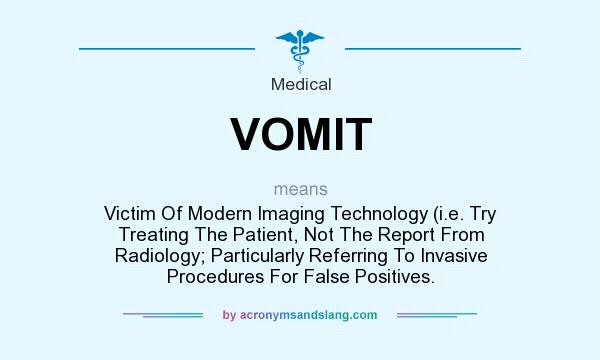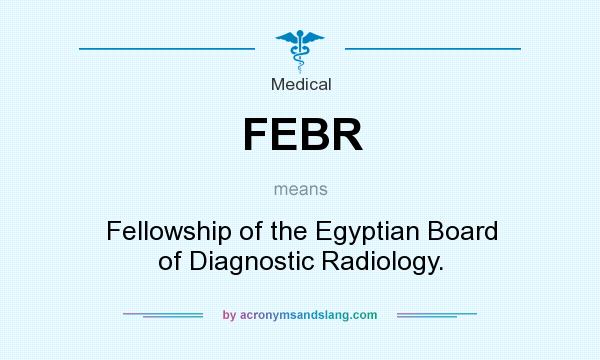

Interested readers can find much more detail in the main articles on abbreviations and acronyms and initialisms. The short summaries above are all that most readers will need in using this list. It generally uses the singular form of an abbreviation (not the plural) as the headword.It uses periods for certain abbreviations that traditionally often have them (mostly older Latin/Neo-Latin abbreviations).
#Rad medical abbreviation series

BP's effect on risk of MI is multifaceted.Often the writer can also recast the sentence to avoid it. Possessive forms are not often needed, but can be formed using apostrophe + s. The prevalent way to represent plurals for medical acronyms is simply to affix a lowercase s (no apostrophe). Less common: The diagnosis was C.O.P.D.Prevalent practice in medicine today is often to forgo them as unnecessary. Reflex Sympathetic Dystrophy Syndrome Assn.Periods (stops) are often used in styling abbreviations. For more information on RSD/CRPS contact the following organizations: National Institute of Neurological Disorders & Stroke Some patients may experience a remission of symptoms. Advances have resulted in some new and effective treatments. There's no cure at this time, but research continues. Treatment plans are individualized and often incorporate several of these measures. Surgical procedures may also help reduce symptoms. There also are several types of medications that can be used. Physical therapy is a primary component of treatment. Early diagnosis is thought to be important in preventing progression of the syndrome. Sometimes imaging studies (x-rays, MRI) or nerve conduction tests are useful, Diagnosis can be made by the healthcare provider when certain conditions are met, including the absence of any other diagnosis that better explains the signs and symptoms. There is no single laboratory test to diagnose RSD. Since RSD most often follows trauma to the extremities, some conditions that can trigger RSD are sprains, fractures, surgery, damage to blood vessels or nerves and certain brain injuries. The condition is thought to be a malfunctioning of the sympathetic nervous system, but some researchers are questioning this. motor disability, with decreased ability to move affected body part.swelling and stiffness in affected joint.changes in nail and hair growth patterns.
#Rad medical abbreviation skin

Reflex Sympathetic Dystrophy (RSD) Syndrome What is Reflex Sympathetic Dystrophy (RSD) Syndrome? All Health Care Professionals & Patient Safety.Clinical Guidelines, Standards & Quality of Care.Health & Safety in the Home, Workplace & Outdoors.Birth, Death, Marriage & Divorce Records.


 0 kommentar(er)
0 kommentar(er)
